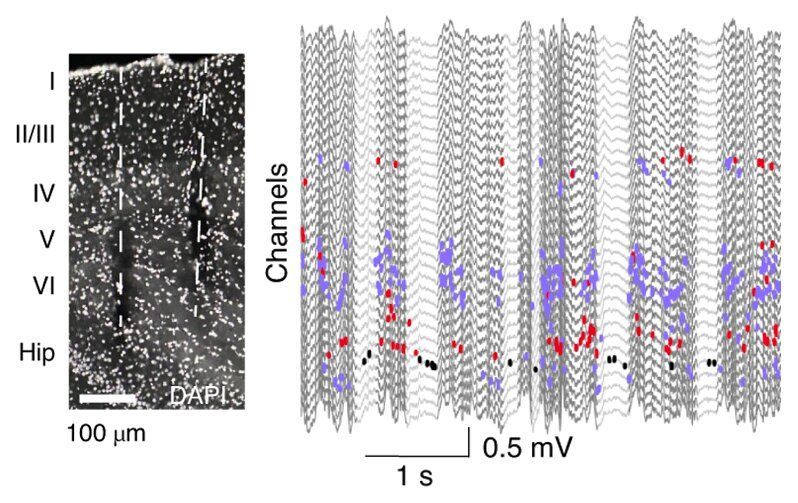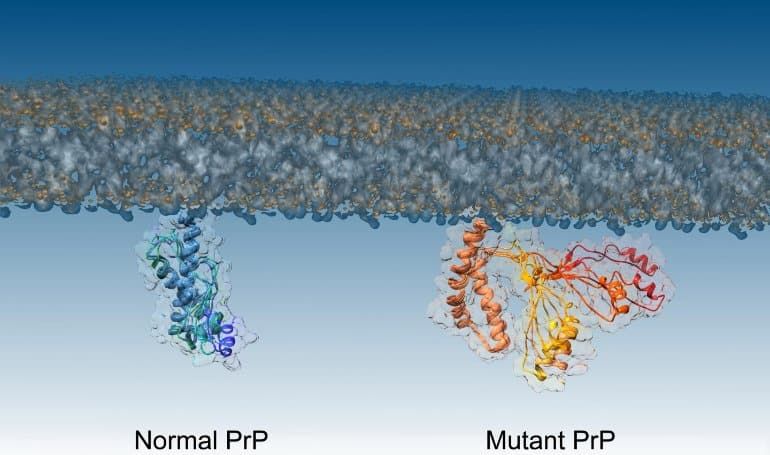Mar 17, 2021
Metformin Mechanism Of Action
Posted by Mark Parkins in categories: biotech/medical, computing, life extension
Following in my recent series on subjects that are all the rage in anti-aging and longevity circles, to help you get a good grasp of the essentials so you can know what all the talk is about, and can make informed judgements rather than just following the herd blindly. This time it is on Metformin. This is a drug widely known as a diabetes drug and it has been in use for a very long time, indeed it is one of the most prescribed drugs there is. Recently it has also been a buzz word in the anti aging/longevity communities following the review of data and with it s mechanism of action, being touted and recommended by a variety of voices in the public domain. But how does it work, and how could it improve longevity? Is it safe? Well, if you want to go into a bit more depth and know all the details, I have put together a video which helps you understand what all the fuss is about. And whatever you are doing, have a great day.
Metformin is very popular in the anti aging paradigm currently so let’s have a look at what it is, what it offers, and what the trade offs are… because, well, it is always wise to have all the data.

















